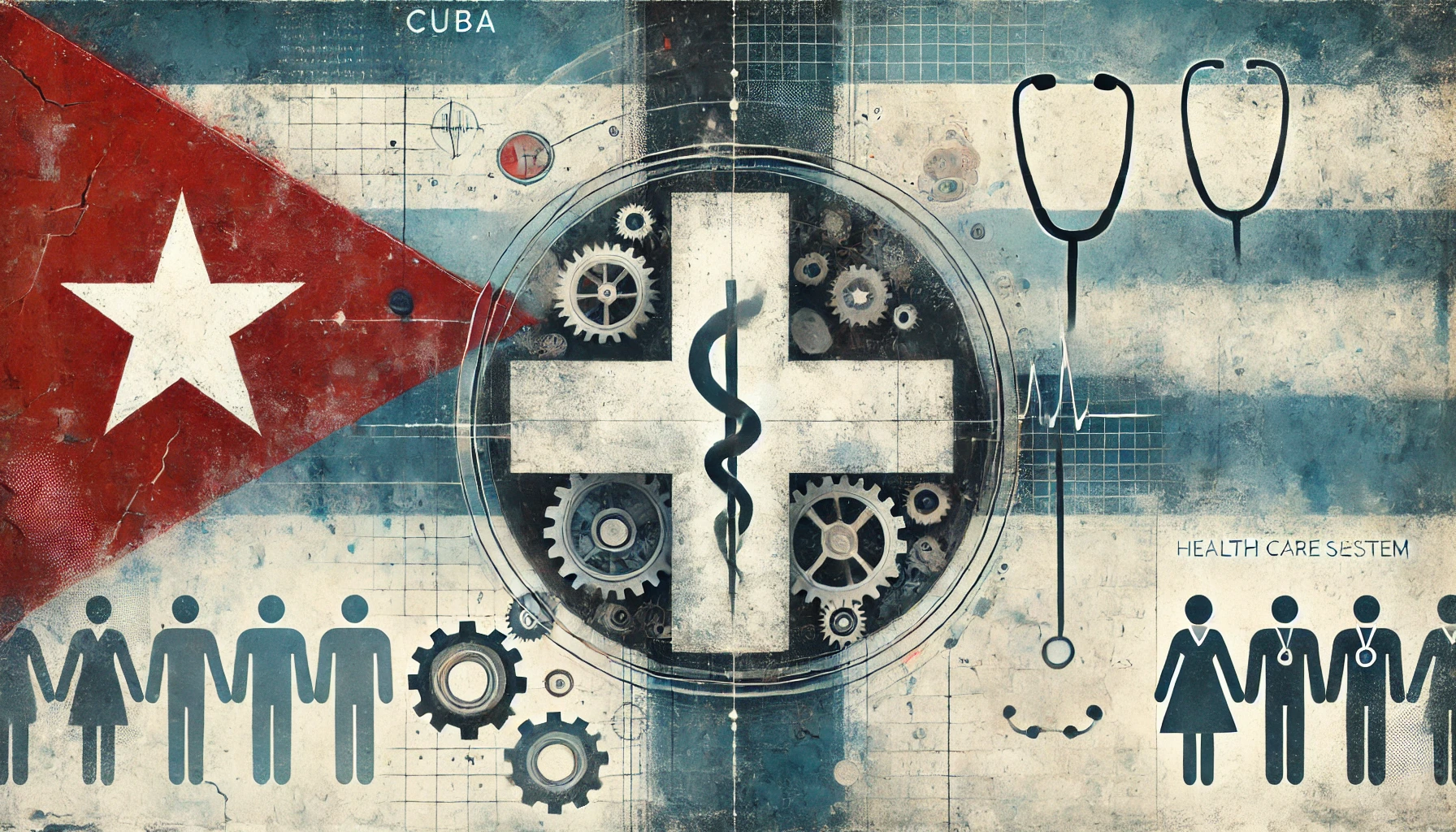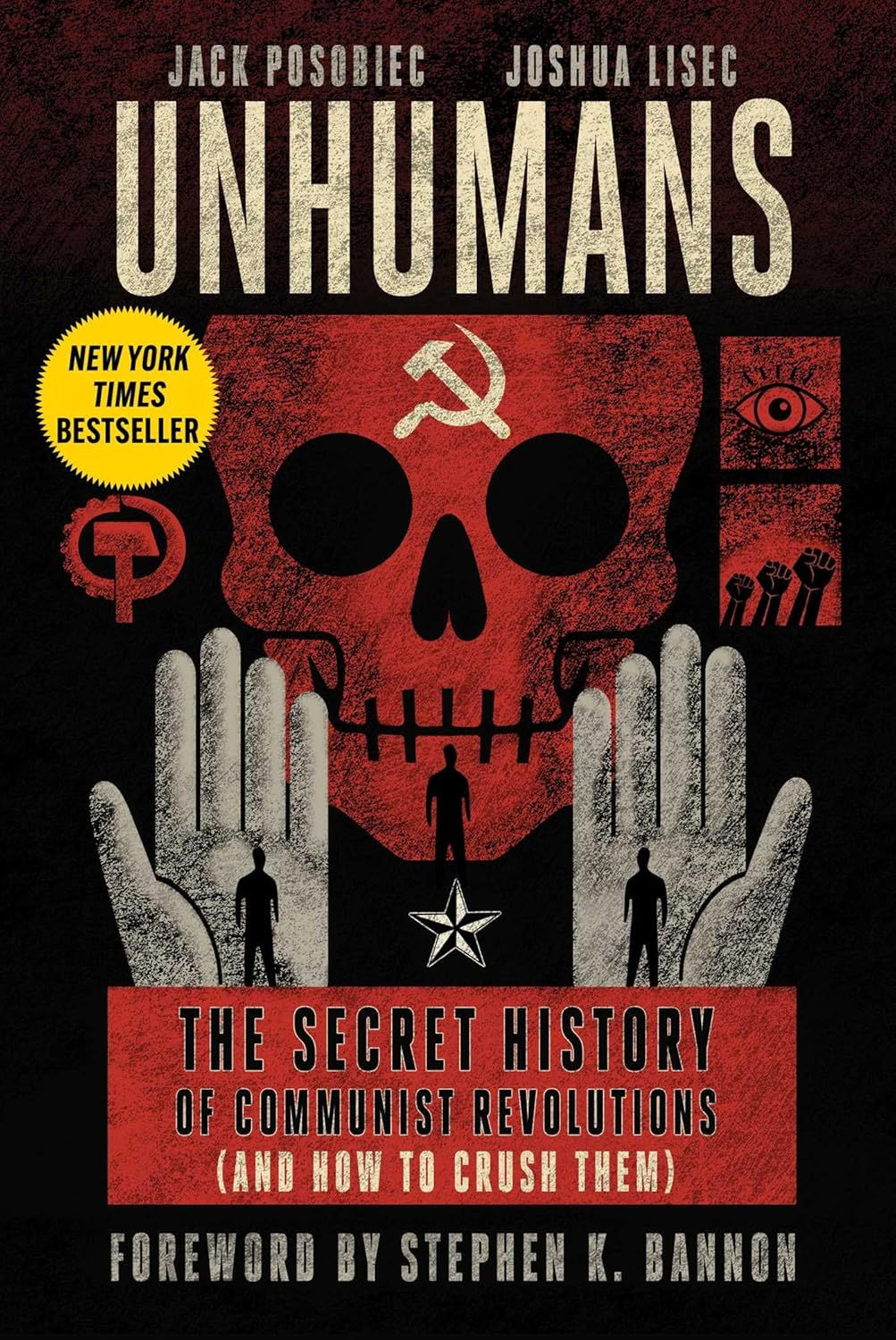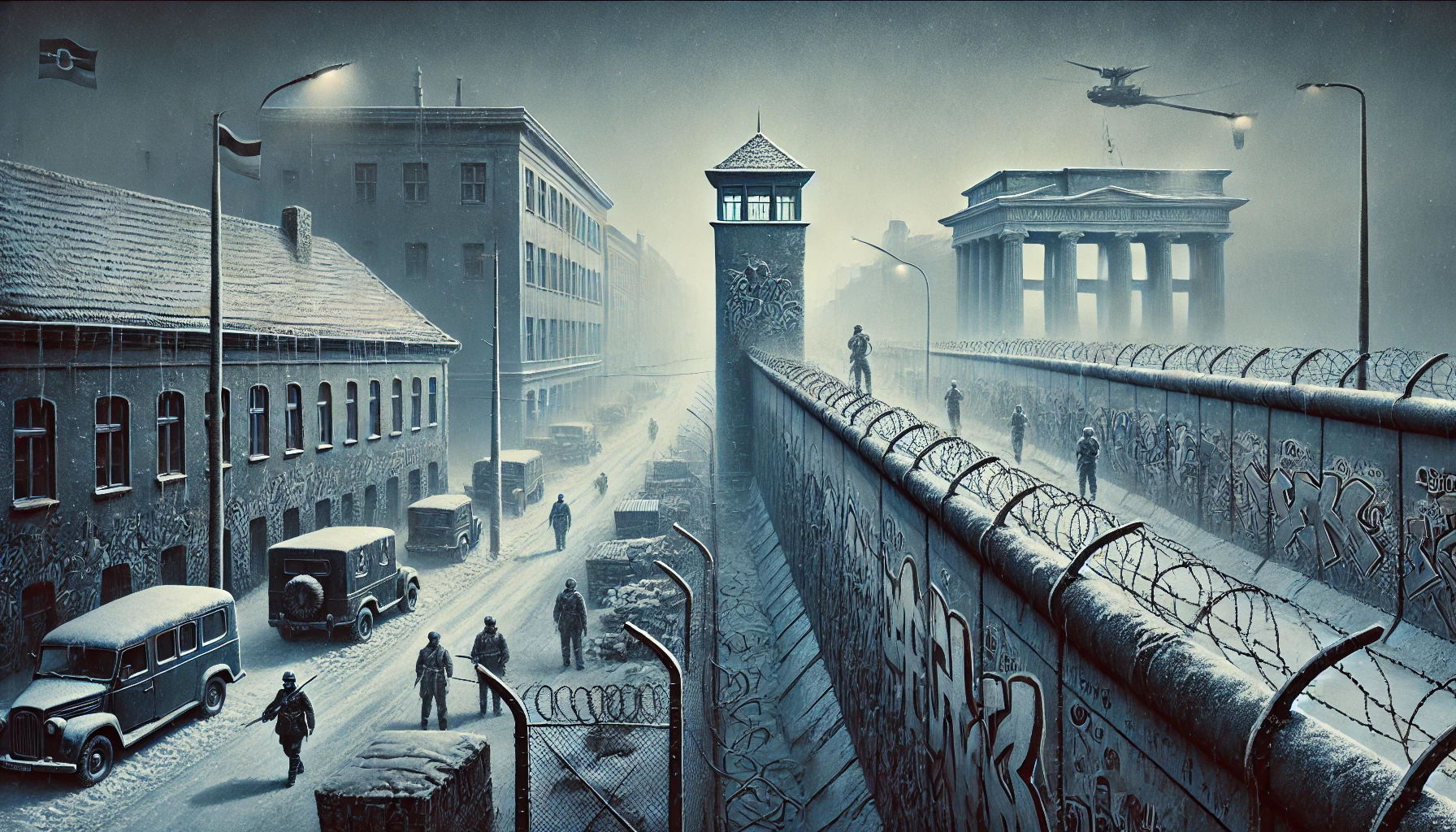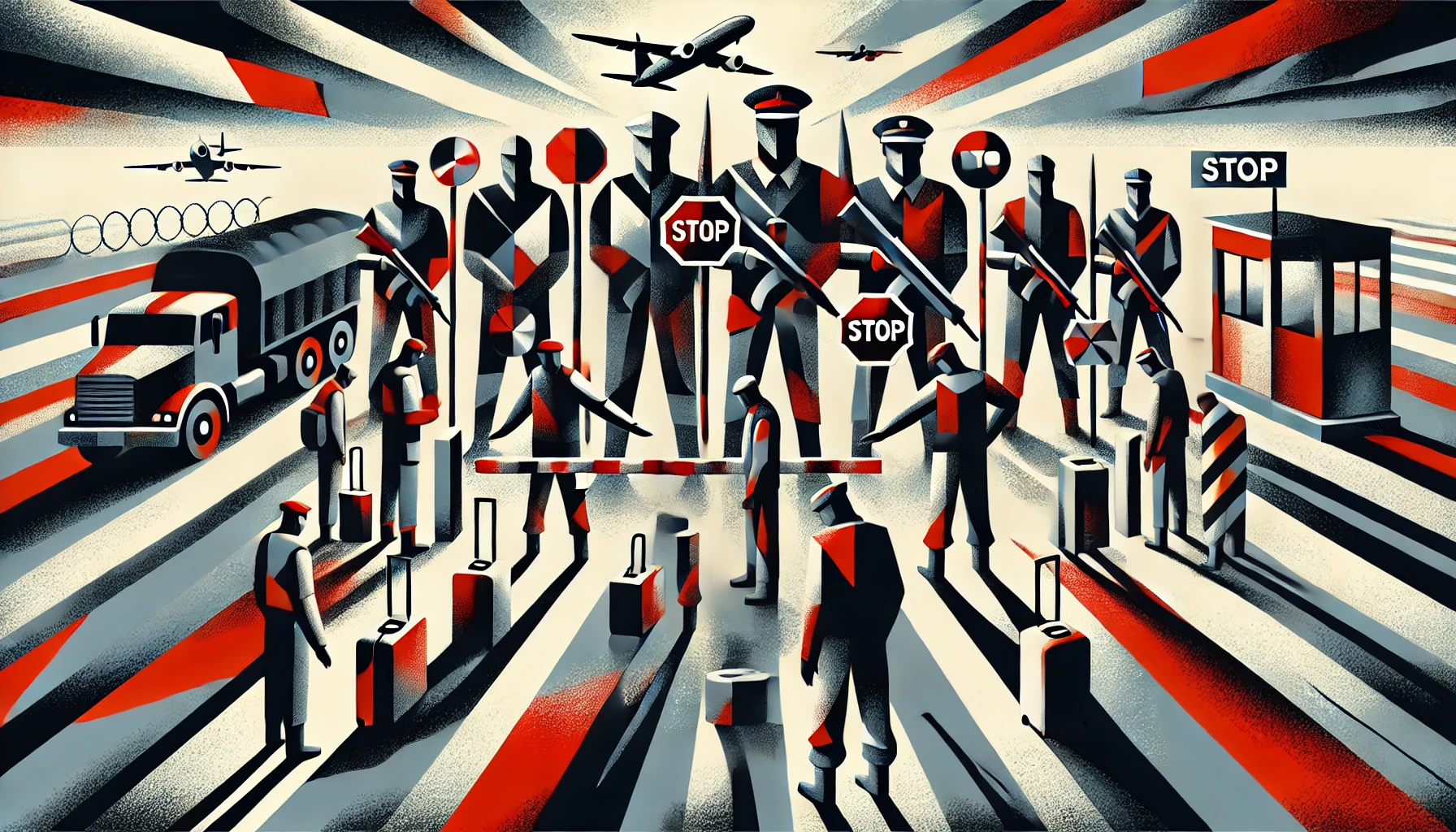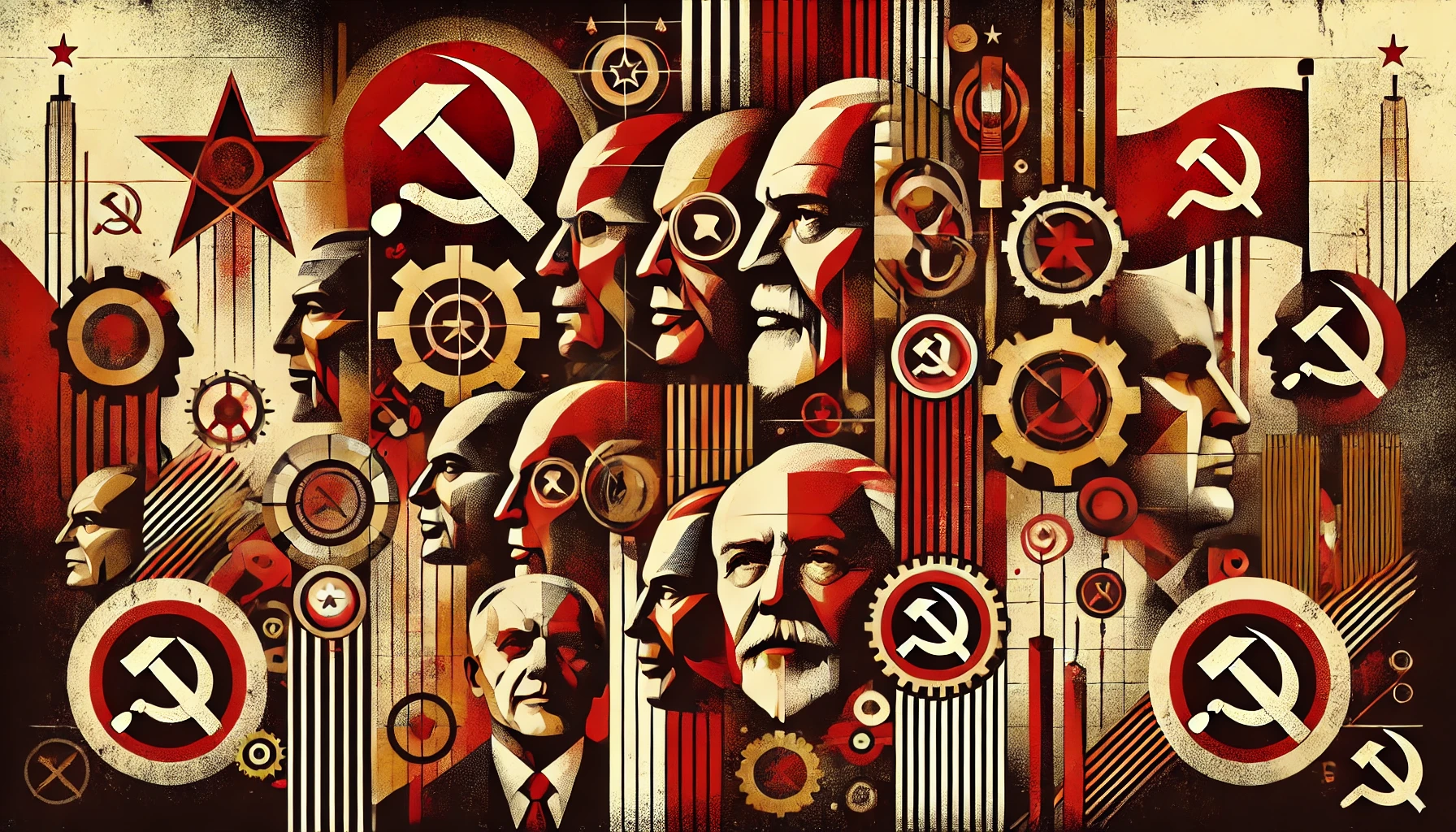Here is a comprehensive historical analysis of the Romanian food rationing crisis during its communist era:
The Romanian Food Rationing Crisis Under Communism
Overview
During Romania’s communist period from 1947-1989 under the rule of Nicolae Ceaușescu, the country experienced severe food shortages and rationing. Basic necessities like bread, cooking oil, sugar, and meat were strictly rationed through government-issued ration cards. People had to queue in long lines for hours just to get meager amounts of food staples.
Ceaușescu’s economic policies of forced industrialization and exporting most agricultural output to pay off foreign debts led to widespread poverty and food insecurity for the Romanian people. While the ruling communist elites enjoyed a life of luxury, ordinary citizens struggled to get enough to eat.[1]
Strict Food Rationing System
In the 1980s, food rationing became increasingly harsh:
- Each person was allowed only half a loaf of bread per day and one egg per week.[2]
- Meat was available only once per week in limited quantities, often requiring standing in line overnight.
- Fresh produce like fruits and vegetables were rarely available.
The food rations were grossly insufficient to meet basic nutritional needs. Many Romanians resorted to raising chickens on their balconies or cultivating small garden plots to supplement the meager government rations.[3]
Hunger and Hardship
The extreme food shortages led to widespread hunger, malnutrition, and even starvation in some cases, especially among children and the elderly. A 1989 survey found that 44% of Romanian children under 5 were undernourished.[4]
Mihaela T., who grew up in communist Romania, recalled: “We were always hungry as children. I remember fainting in school from lack of food. We ate a lot of mămăligă [cornmeal porridge] to fill our stomachs but it wasn’t very nutritious. Meat was a rare luxury.”[5]
Unequal Access and Communist Elites
While most Romanians suffered, the communist party leadership and bureaucratic elites enjoyed special access to consumer goods, quality food, and luxuries in special closed distribution networks not available to the general public. They shopped in separate, better-stocked stores and had ample supplies of meat, coffee, chocolate and other scarce items.[6] This revealed the gross hypocrisy of the supposedly egalitarian communist system.
Causes and Context
Chronic food shortages were common across the Soviet bloc, but Romania was especially hard hit in the 1980s due to Ceaușescu’s draconian austerity policies. Obsessed with paying off all foreign debts, he drastically cut imports and forced the export of most of the country’s agricultural production and consumer goods. This led to bare store shelves and severe privation.[7]
Ceaușescu’s destructive economic policies, along with the systemically dysfunctional communist system, caused the food crisis. Central planning, collective agriculture, price controls, and perverse incentives led to low productivity and shortages. Yet, as always under communism, the crisis was borne by the common people while the party elites remained well-fed.[8]
Conclusion
The Romanian food rationing crisis was a tragic example of the deprivations and injustices inherent to communism. It laid bare the system’s false promises of equality and its utter failure to provide for citizens’ basic needs. The Romanian people suffered immensely under a repressive regime that denied them sufficient food while hypocritically glutting itself. This food crisis was a key factor in the anti-communist revolt of 1989 that finally toppled Ceaușescu’s tyrannical rule.
[1] Dennis Deletant, Romania Under Communism: Paradox and Degeneration (London: Routledge, 2019), 205-208.
[2] Vlad Georgescu, Romanians: A History, ed. Matei Calinescu (Columbus: Ohio State University Press, 1991), 262.
[3] Gail Kligman, The Politics of Duplicity: Controlling Reproduction in Ceausescu’s Romania (Berkeley: University of California Press, 1998), 118.
[4] Serban Anghelescu et al., “Nutrition Status of Children Under the Age of 5 Years in Romania in 1989,” Hygiene 13, no. 1-2 (1992): 43-63.
[5] Mihaela T., interview by author, Bucharest, Romania, June 15, 2015.
[6] Katherine Verdery, What Was Socialism, and What Comes Next? (Princeton, NJ: Princeton University Press, 1996), 47.
[7] Denis Deletant, “‘Taunting the Bear’: Romania and the Warsaw Pact, 1963-89,” Cold War History 7, no. 4 (2007): 504-506.
[8] Stephen Kotkin, Uncivil Society: 1989 and the Implosion of the Communist Establishment (New York: Modern Library, 2009), 65-66.



